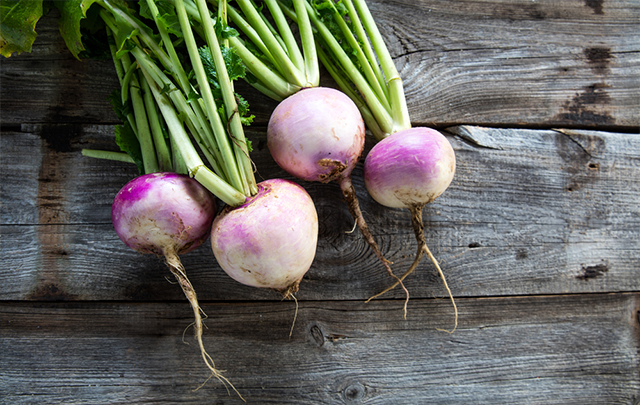
For their study, researchers from the University of Santiago de Compostela utilized turnip greens. Before being centrifuged, the turnip greens were first washed, sliced and chopped, then ground with water and sand. Following this, the researchers subjected the turnip green samples to three different cooking methods: steaming 20 g samples for 10 minutes, boiling the same amount for 15 minutes, and pressure cooking a similar sample size for seven minutes. After cooking, the samples were drained and extracted for analysis alongside fresh turnip green specimens.
Through the High-Performance Liquid Chromatography with Diode-Array Detection (HPLC-DAD) method, the researchers identified eight compounds: sulforaphane, phenethyl-isothiocyanate, napin, goitrin, erucin, benzyl- isothiocyanate, and allyl isothiocyanate. These compounds are known as isothiocyanates, compounds derived from the breakdown of sulfur-containing glucosinolates. Commonly found in cruciferous vegetables, isothiocyanates are the subject of interest for many researchers thanks to their protective effects against cancer. (Related: Cruciferous Vegetables Are Linked to Lower Breast Cancer Risk.)
The most abundant isothiocyanates were napin followed by goitrin, while erucin, iberin, and sulforaphane were detected in trace amounts. Comparison of the fresh and cooked turnip greens revealed that the isothiocyanate count in the cooked samples underwent notable reductions. In particular, iberin and sulforaphane were totally absent in the cooked samples, while little of erucin was found in the steamed turnip greens.
However, when it came to comparing the cooking methods against one another, steaming proved to be the least destructive. Save for napin, the losses of various compounds ranged from 20 to 33 percent. In contrast, boiling the turnip greens lead to reductions between the range of 45 to 60 percent.
Based on their findings, the researchers concluded that steaming was the best cooking method for turnip greens and other cruciferous vegetables, with pressure cooking second.
Steaming tips and tricks
- How to steam with a stovetop: Though it may be tempting to splurge on a steamer, a stovetop is more than enough. According to TheSpruceEats.com, all you’ll need to steam vegetables on the stovetop is a colander, pot, and lid. From there, you should:
- Place the pot on your stovetop with the colander inside and fill with water. Ideally, the water should just reach the bottom of the colander.
- Once boiling, simply add the vegetables of your choice and cover with the lid. If the lid fits snugly on top of the colander, position it in such a way that steam can escape from one side.
- Cooking times: Broccoli florets should be steamed for three to eight minutes, or until they turn darker in color. Cauliflower florets will be done in six minutes, and Brussels sprouts in 10 minutes. However, these are all just general rules. The cooking times will differ greatly depending on the thickness and size of the vegetables, so keep a watchful eye on them.
- Avoid microwaving: It’s possible to steam vegetables in the microwave. This is cautioned against due to microwaving being on the same level as boiling. Using the microwave will also rob vegetables of their nutritional content.
Go to FoodScience.news for more news and stories on the health benefits of other cruciferous vegetables.
Sources include:
Please contact us for more information.





















